Why is importing goods from China to the USA so expensive?
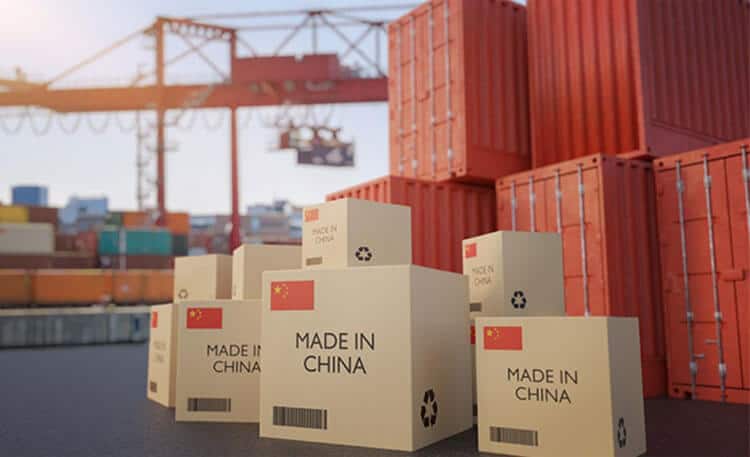
Have you ever thought about why importing goods from China to the USA costs so much? To begin with, one of the major problems remains high taxes, customs regulations, and shipping costs. But there’s more to it, there are also concealed costs, lengthy port shutdowns, and exchange rate fluctuations that could be even more painful.
In this article, we will discuss what makes importing goods so pricey and offer effective tips for reducing import costs. So, stay tuned with us!
1) Factors Contributing to High Import Costs
Bringing products from China to the USA can be expensive due to the additional associated costs. Let’s have a look into the factors contributing to high import costs:
i) Cost of production in China
Let’s discuss how the product costs contribute to the high import cost from China to the USA:
- Higher Worker Wages: First of all, the salaries of factory workers in China have increased over the years. In 2010, the average wage was approximately $2.27 an hour, whereas it is now more than $6 an hour in 2023 (China National Bureau of Statistics).
- Rising Raw Material Costs: Since the year 2020, the price level of almost all materials that are basic and essential to industries, such as steel, plastic, and electronics, has increased simultaneously. For instance, steel prices in China alone rose in excess of 50% between the years 2020 and 2023 because of supply constraint issues combined with excessive demand.
- Environmental Rules and Extra Costs: China has increased the environmental laws, which have compelled factories to adopt cleaner technologies and better regulations in waste management. As a consequence, companies’ costs due to compliance have risen. In fact, following China’s “Blue Sky” policies, the cost associated with compliant regulations has increased more than thirty percent in the preceding years.
ii) Shipping and Freight Costs
As we know, shipping goods from China to the USA has become much more expensive in recent years. Let’s talk about how we spend more on transportation, making imports more costly.
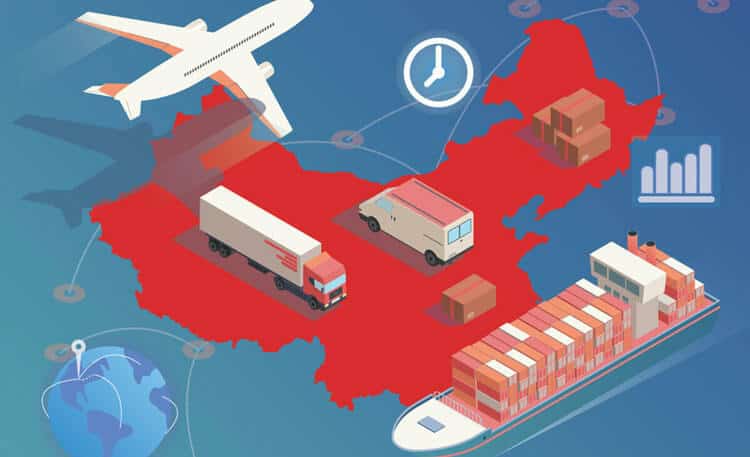
i) Higher Fuel Prices
We all know that fuel is critical for shipping, and when oil prices increase, so too do fuel costs. For instance, some fuel oil cargo ships consume over 63,000 gallons of fuel in a single day; that’s roughly $7600 worth of fuel within 24 hours. Because of this, shipping companies are forced to raise their prices, which directly affects the import costs here.
This trend has made international shipping more expensive than it used to be. Because of this, either added costs of doing business are taken up or shifted to the consumers, resulting in higher import prices.
ii) Port Congestion and Delays
Similarly, you know the trade on a global scale seems to be increasing, whereas a lot of ports are unable to cope with the volume of shipments. Consequently, ships are forced to wait longer before they can offload their cargo which results in longer time periods and higher costs. For instance, specific ports in the US have recently implemented fees for cargo that isn’t picked up on time. The expenses increase as the shipment becomes more expensive. Moreover, these delays also act on supply chains and stall them, complicating the system for businesses to obtain products on time.
iii) Tariffs and Trade Restrictions
Now, we will talk about one major reason for taxes and trade rules. These have made it more difficult for businesses to keep their prices low.
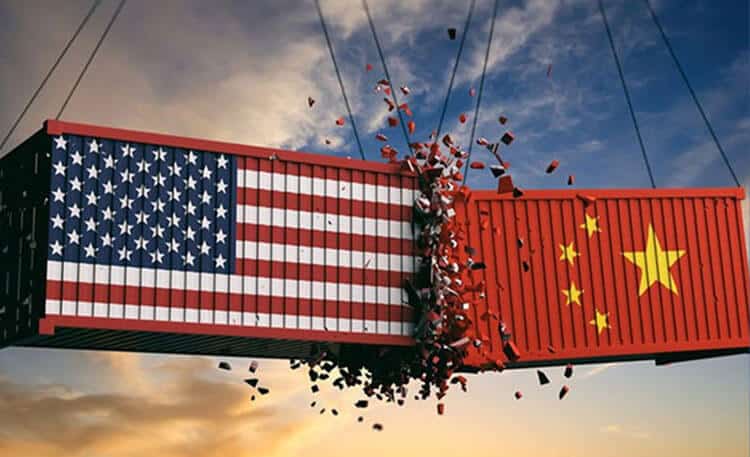
i) Higher Tariffs Due to the U.S.-China Trade War
The ongoing trade conflict between America and China has risen over taxes on multiple Chinese goods since 2018. It has taken a toll on the electronics, textile, and even machinery industries by hiking the price range on imported goods. Answering this challenge, China imposed its own tax as well, raising the expenditures even more. Due to these modifications, American enterprises must shoulder the additional costs or alternatively, shift them onto the customers in the form of high charges.
ii) Extra Costs from Section 301 Tariffs
Apart from trade war taxes, Section 301 tariffs were added as a response to unfair practices like IP theft. There are additional Chinese charges, which range from 7.5% to 25%. These additional costs will increase the expense of imports even more. Although some of these charges have exceptions, many firms are still struggling to control costs due to the additional fees.
iii) Additional Customs Duties and Import Taxes
On top of taxes, there are also customs duties and import taxes, which are levied according to the type of product. For example, some electronics have lower taxes, while some textiles and steel face much higher fees. Additionally, other fees such as the Merchandise Processing Fee (MPF) and Harbor Maintenance Fee (HMF) add costs, making the import expensive as well.
Due to these increasing costs, companies have no choice except to earn less profit or charge more for their goods and services. In an effort to cut costs, some companies have begun sourcing goods from countries like Vietnam or India. Unfortunately, finding dependable suppliers consumes a lot of time and resources, which makes this approach very difficult. Consequently, the average American now pays more for basic items such as clothes, furniture, and electronics, which demonstrates how expensive the importation of goods from China really is.
iv) Customs and Regulatory Compliance
Keep in mind that when it comes to importing goods, taxes and duties depend on the product type, value, and origin. For instance, different products have different import tax rates, from 0% to over 25%. Consequently, businesses prefer to outsource the task to customs brokers who charge between $100 and $500 per shipment to manage all the documentation. Furthermore, imported products are subjected to American regulations set by the FDA verification, FCC, and CPSC.

To avoid these problems, they need expert assistance, ensuring proper paperwork and safety measures are in place.
v) Warehousing, Storage, and Last-Mile Delivery
➔ Warehousing and Storage Costs
Once your shipment reaches the USA, you may want to set it aside until you are ready to ship it to customers. Hence, storage costs emerge. These costs vary based on region, duration of time the products are stored, and the types of products stored. In addition, if you use third-party logistics (3PL), extra handling fees may apply. Moreover, prolonged inventory holding heightens the costs, more so when demand is volatile. There are several centers that offer fulfillment services and flexible storage options for many importers looking to cut costs.
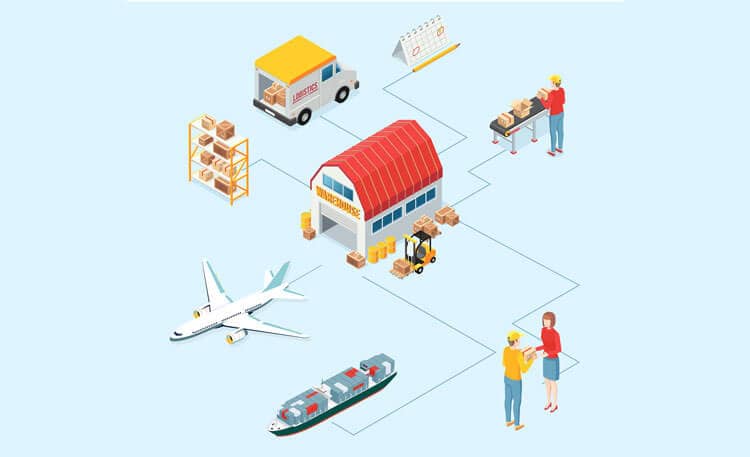
➔ Last-Mile Delivery Costs
Along with Warehousing and Storage Costs, Mile delivery is the final step of the shipping process, from the warehouse to the customers. Interestingly, this is often the single most expensive segment of shipping. The range of costs varies based on the distance, speed of service, and even the shipping company. For example, stateside delivery of packages via FedEx and UPS is more expensive than their more standard delivery options. Also, there may be added costs for shipping to farther locations. To cut down costs, businesses tend to use bulk shipping and regional warehouses.
vi) Hidden Costs in Importing from China
Purchasing goods from China brings along additional costs, which might be harmful to businesses. Customer satisfaction problems can cause low-quality items and even higher rejection rates, which delay shipment and increase the price for replacement or repair of the goods. When products fail to comply with safety requirements, the business stands to lose in terms of reputation, penalties, and profits due to refunds and fines resulting from legal battles and excessive recalls. Also, changes in the rate of exchange can increase the cost of goods due to a depreciation of the dollar.

2) Effective Tips for Reducing Importing Costs
Let’s explore smart strategies to reduce importing costs from China to the USA:
- To reduce your expenses, negotiate better contracts with suppliers. You can do this by buying large quantities, building good relationships, and comparing different suppliers to get the best price.
- Also, consider working with less expensive carriers. Instead of using air, cargo ships were utilized to send goods. Ship in lower demand season to avoid high costs.
- Furthermore, take advantage of duty drawback programs and other trade programs. This simplifies the refund process of several taxes incurred on imports and helps to mitigate the impact of some tariffs.
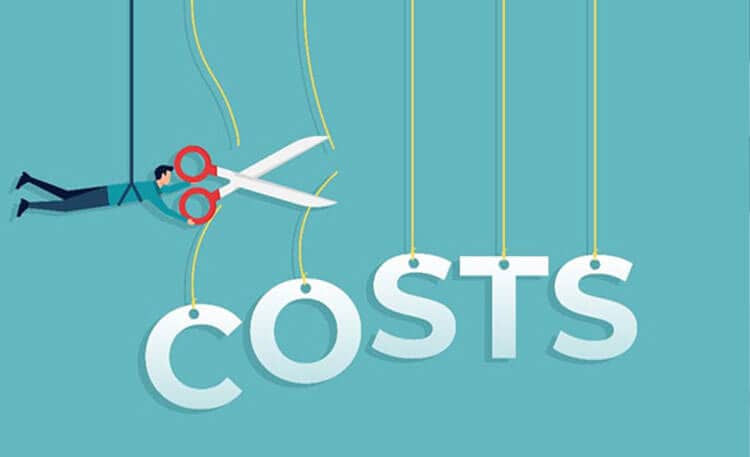
- Improve your packaging and design the product itself. Smaller and lighter items can lower shipping costs significantly.
- Use a skilled and licensed freight forwarder. They assist you in mitigating port delays, fines, and extra storage fees at the ports, which can cost money.
- Fix the exchange rates for further savings. Paying at a different time can eliminate additional charges, which reduces costs.
- Lastly, ensure product quality checks before shipping. Conducting checks with third-party experts allows you to avoid additional costs connected with returns.
Conclusion
To sum up, the costly taxes, shipping, and customs rules make importing goods from China to the USA expensive. On top of that, other factors like delays, changes in currencies, and quality issues can be additional costs for you. However, saving is possible by selecting lower-priced shipping methods and employing trade programs. With proper planning, costs can be reduced, and a smart and easy approach to importing can be adopted.



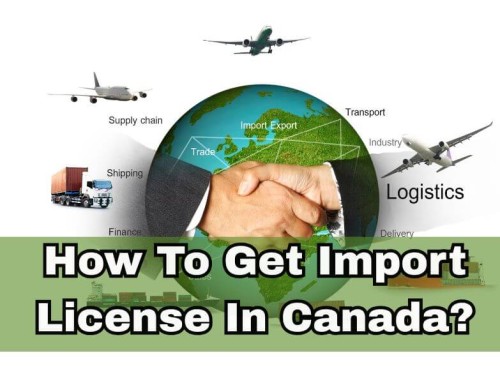

Leave A Comment